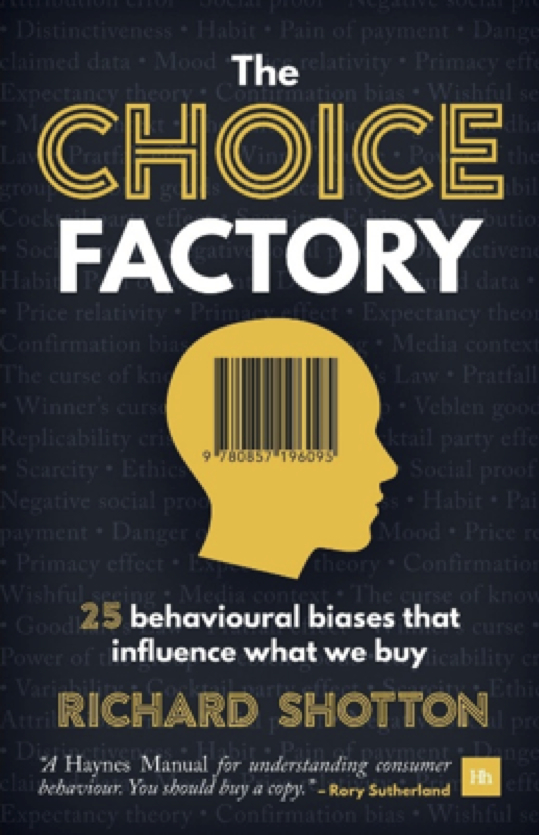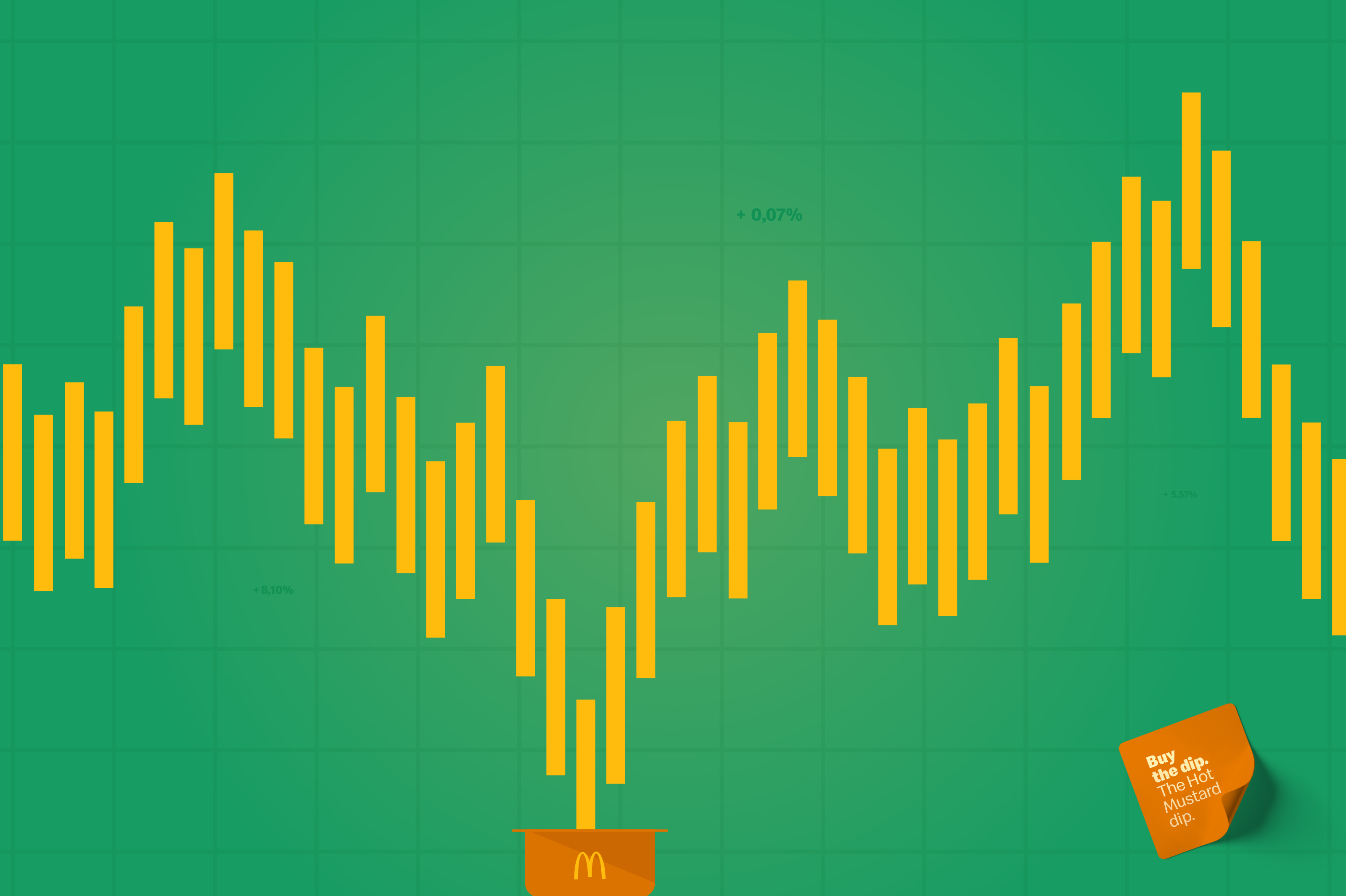News - Advertising
In 'The Choice Factory' Richard Shotton investigates how behavioural science can be applied to advertising
August 3, 2018
.jpg) Advertisement
AdvertisementWhat’s the basic premise of the book?
The Choice Factory explores the psychological forces that shape shoppers’ purchasing decisions. The book follows a single person through their day and analyses 25 of their decisions. Each decision is then explained with reference to a classic idea from psychology: from priming to the pratfall effect, from charm pricing to the curse of knowledge.
I then draw on the results of experiments that I’ve conducted over the last decade. These prove that the findings from classic psychology experiments are still relevant today. Finally, I explain how companies can apply these insights, whether that’s through their marketing, pricing or promotions. It’s the emphasis on simple practical applications that separates the book from others in this area.
It took about six months to write the book, but my own research, which the book draws on, stretches back a decade.
I wrote the book because I believe behavioural science should be used more by brands. After all, behavioural science is the study of decision-making and every brand needs to change consumer decisions, whether that’s persuading shoppers to switch to your brand, buy it more often, or pay a premium for it. All of it revolves around changing decisions.
But behavioural science is more than just relevant, it’s also robust. It’s based on the experiments of scientists, such as the Nobel Laureates, Daniel Kahneman and Herbert Simon. Better to base advertising decisions on their experiments than the opinion of the most eloquent person in the board room.
Do advertisers ever misapply these biases?
Have you ever spotted a poster in a doctor’s surgery telling you how many people haven’t bothered turning up for their appointments? Or seen the charity appeal on Wikipedia that announces most readers don’t bother donating?
It’s a common tactic, trying to shock people with daunting figures about the scale of a problem. But, it’s an approach that exacerbates the issue it’s trying to solve.
These messages fail because they stress that unwanted behaviour is commonplace. Unfortunately, as we’re social animals who mimic others, that encourages the very behaviour they’re trying to stop.
Robert Cialdini, Professor of Psychology at Arizona State University, has called the fact we mimic the behaviour of others social proof. He explored the effect of social proof on anti-social behaviour at the Petrified Forest National Park in Arizona, which was being slowly eroded by the 3% of visitors who pilfered pieces of the beautiful rock-like wood. Cialdini created signs highlighting the scale of the problem: 'Please don't take wood because the park is being changed by the many visitors who steal'.
This message led to a near tripling of theft compared to the message free control. A full 8% of visitors pocketed a piece of wood. By publicising the scale of the problem, he lessened the sense of crime: surely it couldn't be that bad if everyone was at it? In Cialdini’s words, “This wasn’t a crime prevention strategy; it was a crime promotion strategy.”
The misuse of social proof is so commonplace – especially among charities and public-sector advertising - that Cialdini has called it advertising’s “big mistake”.
How did you go about the research for this book?
There are two elements to the research. First, I’ve read a huge number of psychology books and academic papers. I’ve then digested these findings and picked the 25 most relevant biases for marketers.
In the book, I explain those biases – from priming to the pratfall effect, from choice paralysis to charm pricing – in easy to read terms and, most importantly, explain how marketers can apply the findings to their work.
The second element is my own primary research. I have run hundreds of experiments over the last few years, which look at how people actually behave, rather than how they claim to behave.
An example of this approach was for a clothes shop, New Look, who were due to launch a menswear range. Their initial plans were to put a small budget behind a simple announcement.
I suspected this wouldn’t overcome men’s reluctance to buy clothes from what was perceived as a women’s clothes shop. However, that was a hunch and we had no budget to fund a survey.
As an alternative, Dylan Griffiths and I recruited half a dozen men and photographed them twice: first holding a New Look plastic bag emblazoned with their logo, then one while holding a Topman bag. We uploaded the images to a dating site where people rate the looks of other users’ photos. The pictures were left up on the site for two weeks while we waited for them to be rated.
We found that when our volunteers were holding a New Look bag they were rated as 25% less sexy than when they were clutching the Topman bag. This demonstrated that the brand had a bigger task than they had initially suspected, and that they needed to redouble their efforts to persuade men that they were a unisex brand.
The benefit of this technique was that we quickly and cost-efficiently found out what people genuinely thought about the brand when they didn’t know anyone was watching. However, it’s still a minority tactic. Most brands brag far too much.
For more more information on psychology and behavioural science, you may folllow Richard Shotton on Twitter
The Choice Factory: 25 behavioural biases that influence what we buy
By Richard Shotton
Publisher: Harriman House (February 26, 2018)




.jpg)






.jpg)




